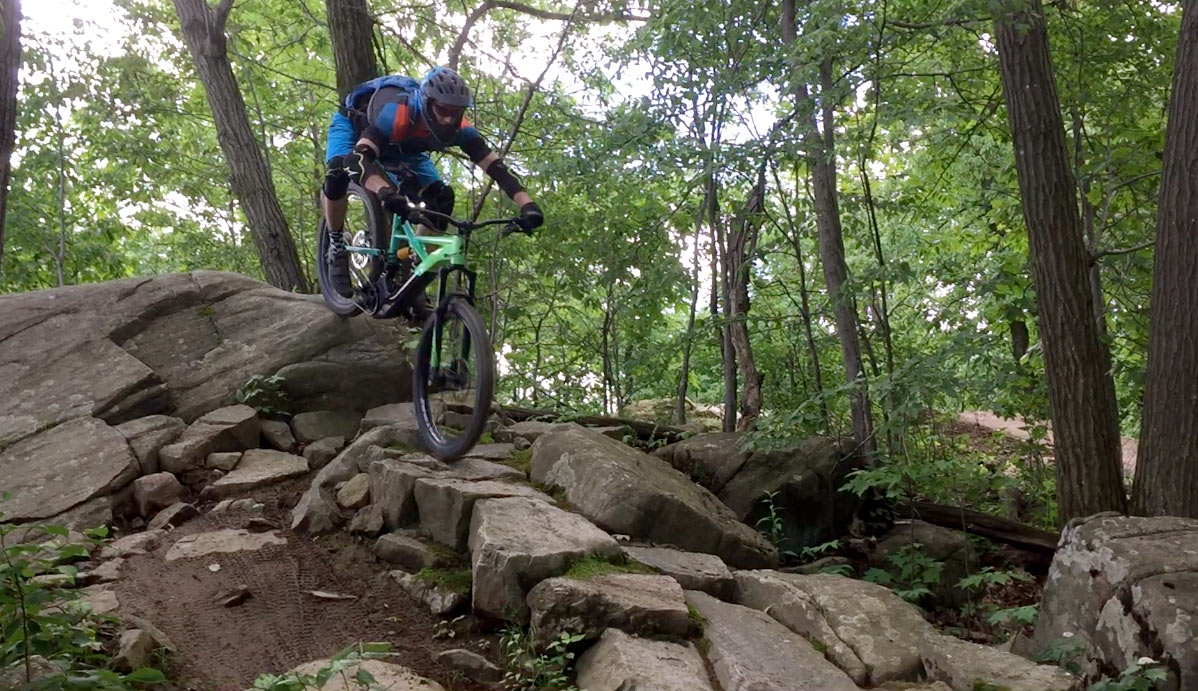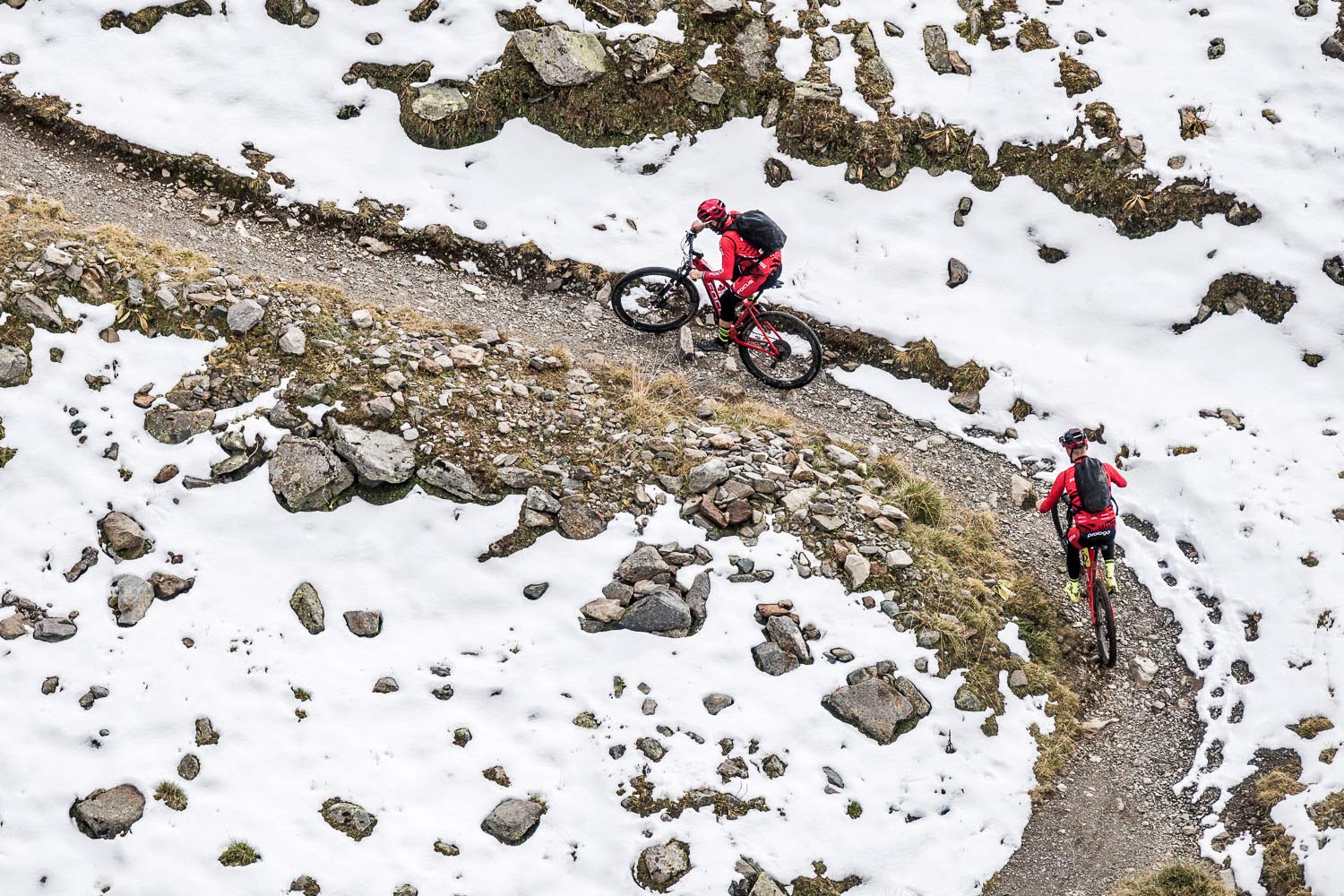While their core mission remains the same, to improve trail access and quantity throughout the U.S. and globally, IMBA has to also consider the types of mountain bikes being ridden on the trails. Years ago, there were Freeriders, poaching land and building illegal (and totally unsustainable) trails, screaming past other users and scaring them, and generally portraying a negative image of mountain bikers. Now, some riders are “screaming” uphill, causing concerns we might be facing a new battle for access if other users take alarm at their speeds.
All of this is a work in progress, there are no clear answers on land that’s not already approved for motorized use. As the conversation evolves, IMBA has updated their statement on e-mountain bikes to say:
IMBA is supportive of Class 1 eMTB access to non-motorized trails when the responsible land management agency, in consultation with local mountain bikers, deem such eMTB access is appropriate and will not cause any loss of access to non-motorized bikes. IMBA recognizes that changes in design, technology and the numbers of eMTB users is evolving, and believes these bikes can be managed in a sustainable way for both the environment and other trail users.
From their blog, they add:
“First and foremost, we advocate for access for traditional, non-motorized mountain bikes. IMBA does not advocate for access for eMTBs. But, IMBA and mountain bikers need to be at the table for all conversations that discuss access for eMTBs to non-motorized trails that are open to bikes,” said Dave Wiens, IMBA Executive Director.
“Currently, the US Forest Service and Bureau of Land Management (BLM) are clear that they are managing all eMTBs as motor vehicles. But for countless state, county, municipal and other parks and open space trails, there is much uncertainty and confusion. Our position reflects the importance of having local land managers and local mountain bikers involved in decisions to allow eMTB access to non-motorized trails and underscores the importance of maintaining access for traditional, non-motorized bicycles. This topic is being driven by rapidly evolving technology and we recognize that everyone involved needs to be engaged, prepared for challenges and solution-oriented.”
What is a Class 1 eMTB?
Class 1 is the lowest-powered of the three available classes of electric-assist bicycles, dubbed “low speed”, and is defined as a bicycle equipped with a motor that provides assistance only when the rider is pedaling, and that ceases to provide assistance when the bicycle reaches the speed of 20 miles per hour.
One of the issues with land access is that they’re currently in a no-man’s-land of classification, falling somewhere between mountain bike and motorcycle. IMBA recognizes eMTBs as motorized and says that defining eMTBs as a new and distinct category of recreation could minimize impacts on access for mountain bikes and protect against an increase of motorized use on non-motorized trails. And that seems to be key: Keep current MTB access open where it’s already open, but prevent opening up eMTB-approved trails to throttle twisters that could destroy trails and friendships.
Ultimately, IMBA says their priority lies with non-motorized, traditional mountain bikes. But where appropriate and beneficial, they’ll support access for eMTB use, too, particularly where it helps open doors for all types of mountain bikes, assisted or otherwise.
Want to let them know what you think? Take their survey on eMTB’s here. And check out their resource doc on eMTB management here.

